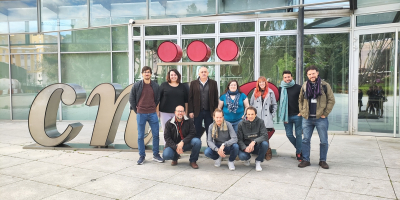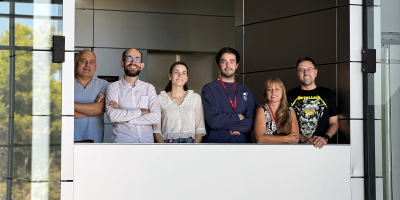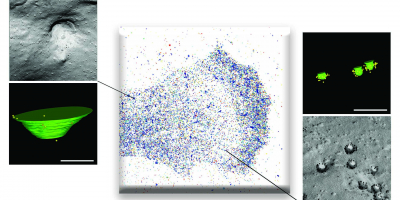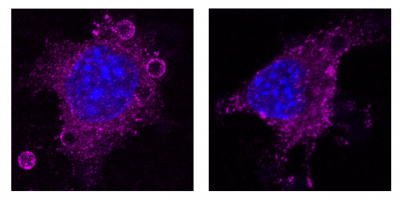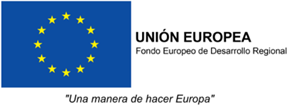A study from the CNIC, published in Nature Communications, reveals how caveolae allow adipocytes to expand safely, storing fat without breaking or causing inflammation
A study by CNIC, published in Science Advances, offers a new approach to understanding how cells respond to mechanical signals from their environment, redefining the comprehension of the relationship between cells and their physical surroundings.
A study published in Nature Cell Biology confirms that caveolae are essential for the mechanical responses of tissues subject to large mechanical forces (such as muscle, heart, blood vessels, and fat), whereas larger membrane depressions (termed 'dolines') are important for the response to weak or medium-strength forces
A new study published in eLife shows that small cups or nanofolds on the cell membrane called caveolae, by limiting abrupt changes in membrane tension, regulate the number and activity of mechanical microsensors on the cell surface called integrins
